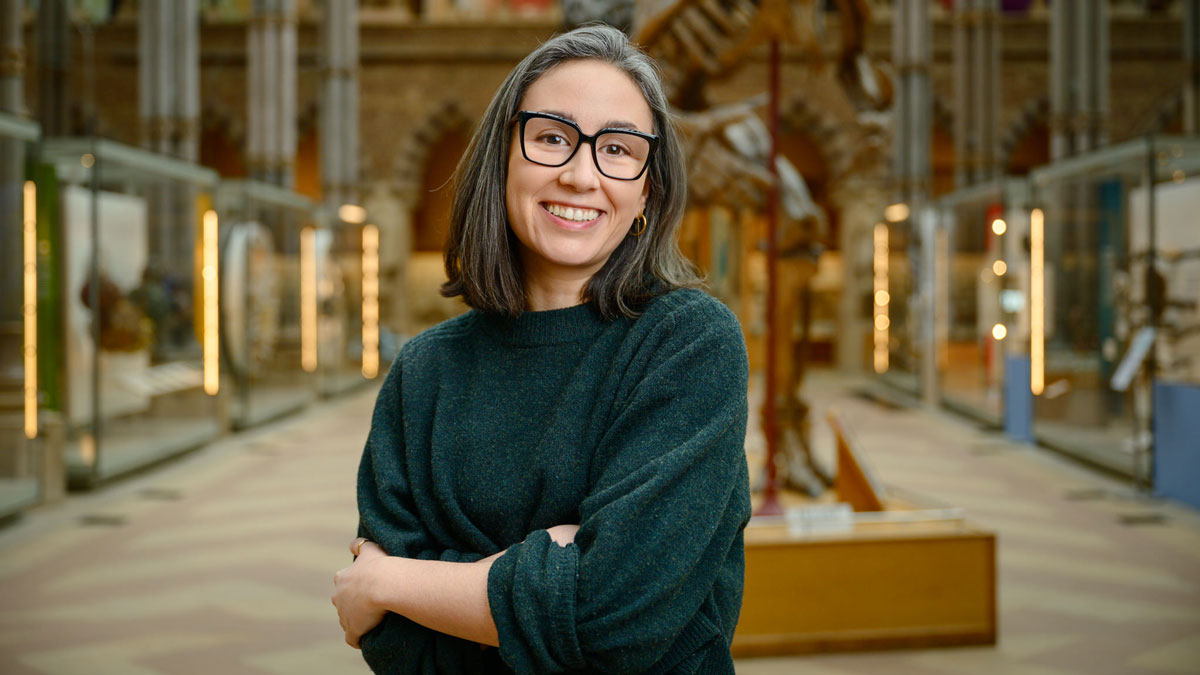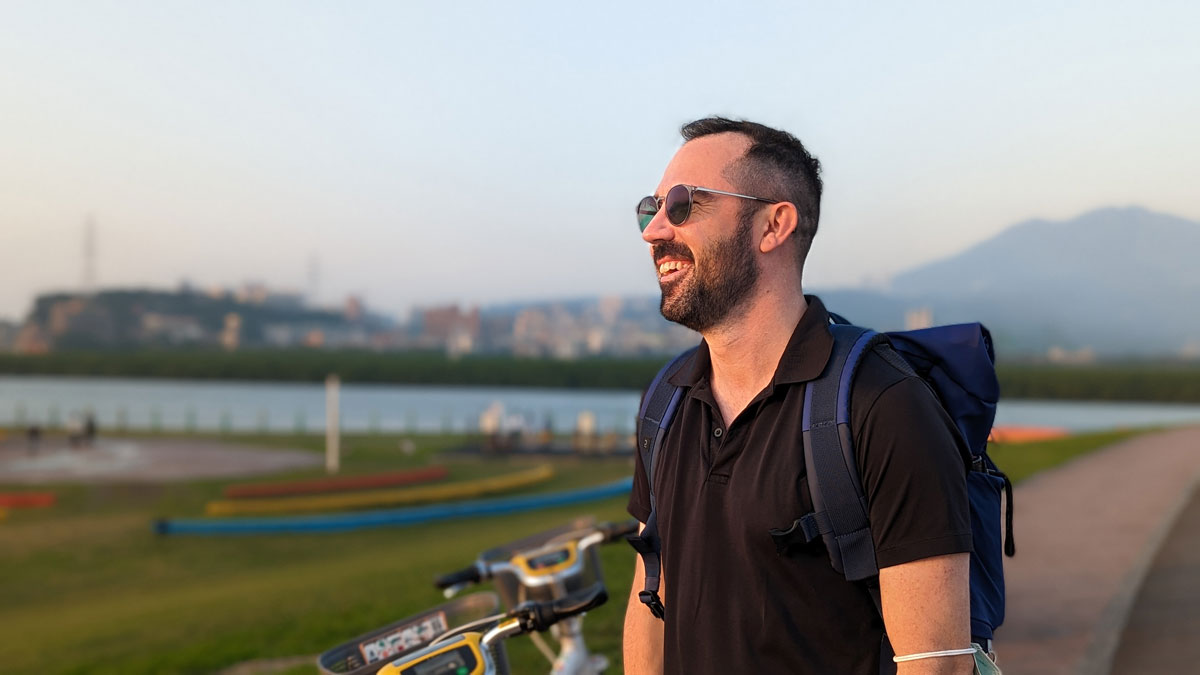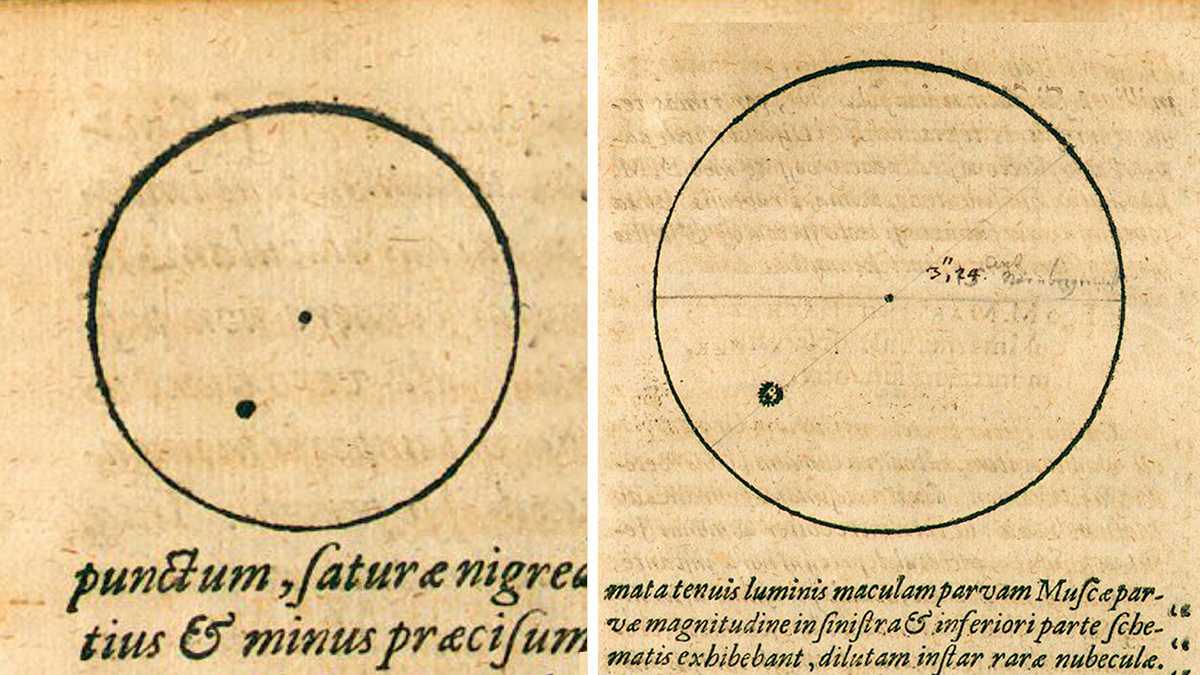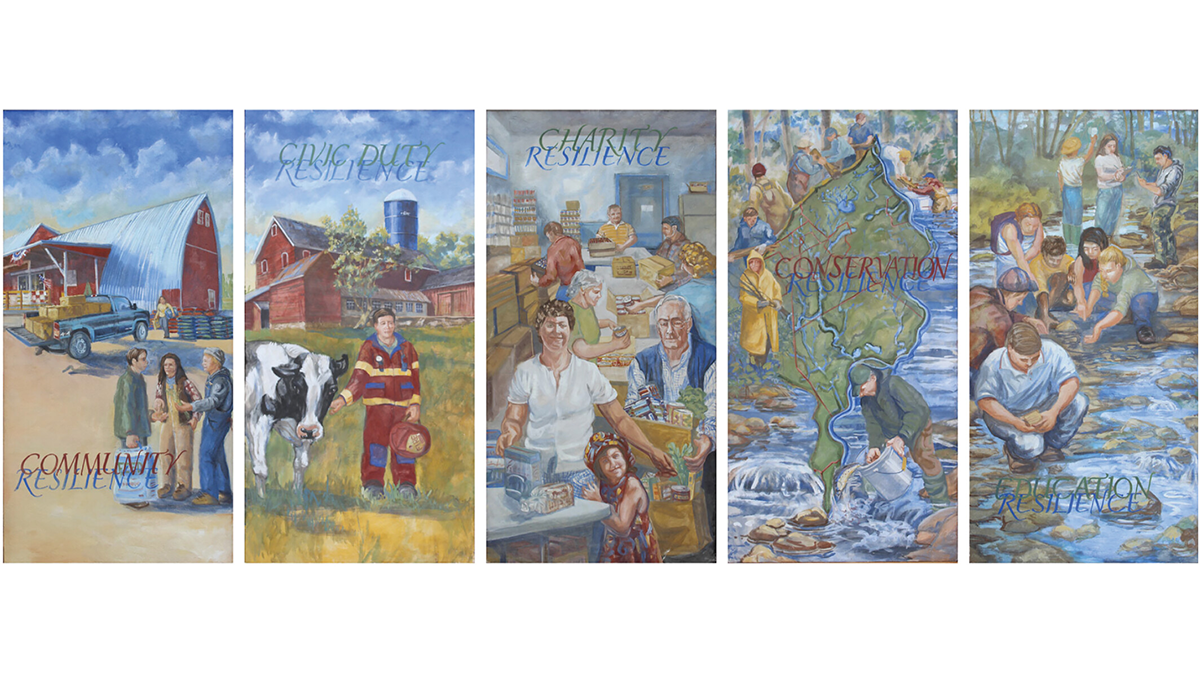A geoscientist and illustrator finds artistic inspiration in plate tectonics and geodynamics.
arts
Alex Teachey: Elevating Astronomy with the Arts
This actor-turned-astronomer found success researching exomoons. Now he’s ready for another career change.
Kepler’s Drawings Might Reveal When the Sunspots Disappeared
Johannes Kepler’s landmark 1607 sunspot observations may have been made at the end of the solar cycle, helping constrain the start of the Maunder Minimum.
Alexander Farnsworth: Finding Fact in Climate Fiction
A paleoclimatologist uses his modeling skills for both science and sci-fi.
Integrating Science, Art, and Engagement to Strengthen Communities
The CREATE Resilience project is demonstrating how to engage communities to address natural risks by linking art and science.
Tatooine, Trisolaris, Thessia: Sci-Fi Exoplanets Reflect Real-Life Discoveries
After astronomers discovered exoplanets wildly different from Earth, exoplanets in science fiction became less Earth-like, too.
The Small Self and the Vast Universe: Eclipses and the Science of Awe
What is awe? What does it feel like? Why does it exist? And what is it about a total solar eclipse that seems perfectly designed to provoke it?
La música de las esferas del siglo XXI
Científicos y artistas están dando voz a todo, desde planetas hasta agujeros negros, enriqueciendo la experiencia de la investigación y acercando las maravillas del universo a nuevas audiencias.
The 21st Century’s “Music of the Spheres”
Scientists and artists are giving voice to everything from planets to black holes, enriching the research experience and bringing wonders of the universe to new audiences.
Carbon Dating Reveals the Timing of Puerto Rican Cave Art
New dates from cave art pigment add to evidence that Indigenous Puerto Ricans inhabited the island for millennia.










